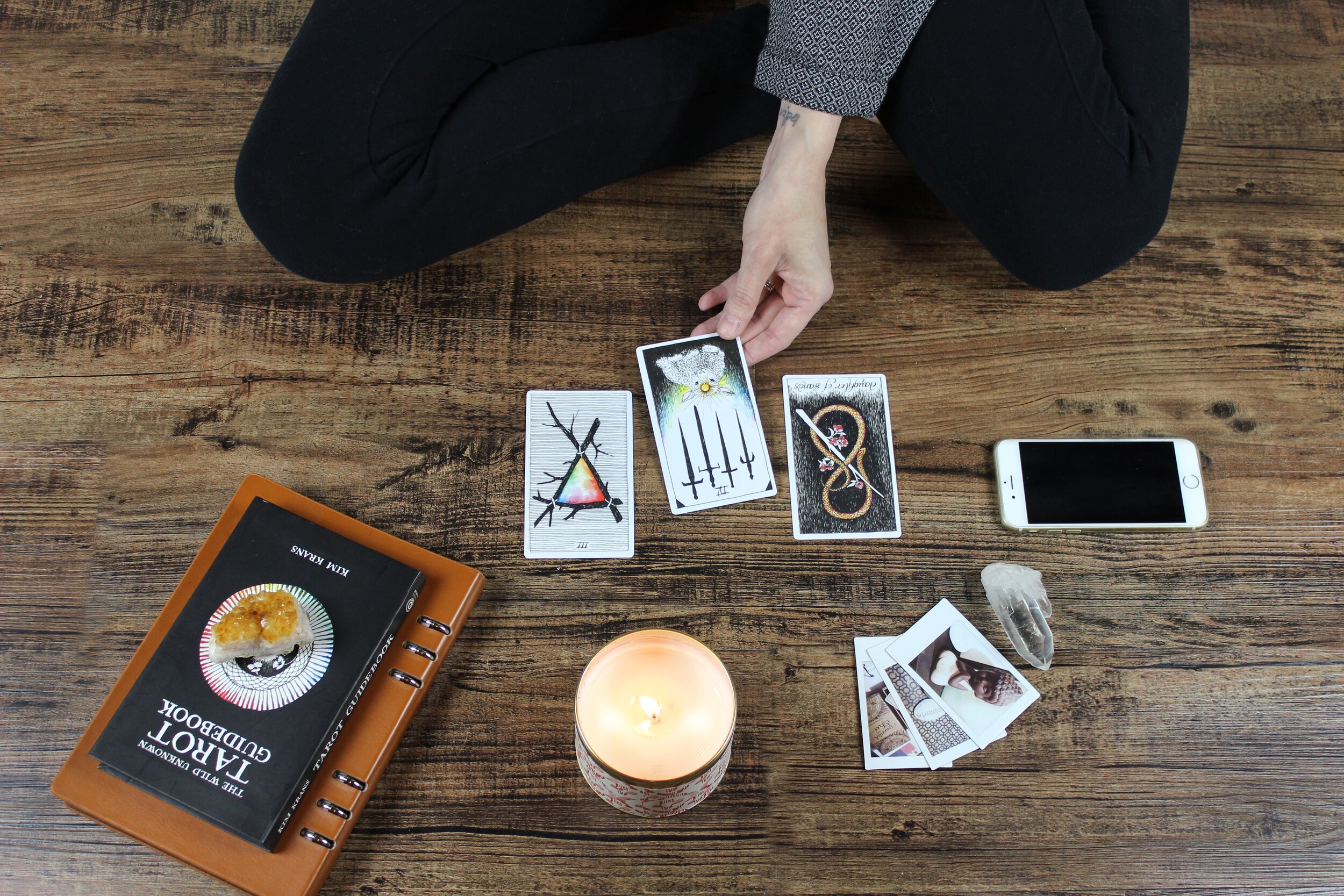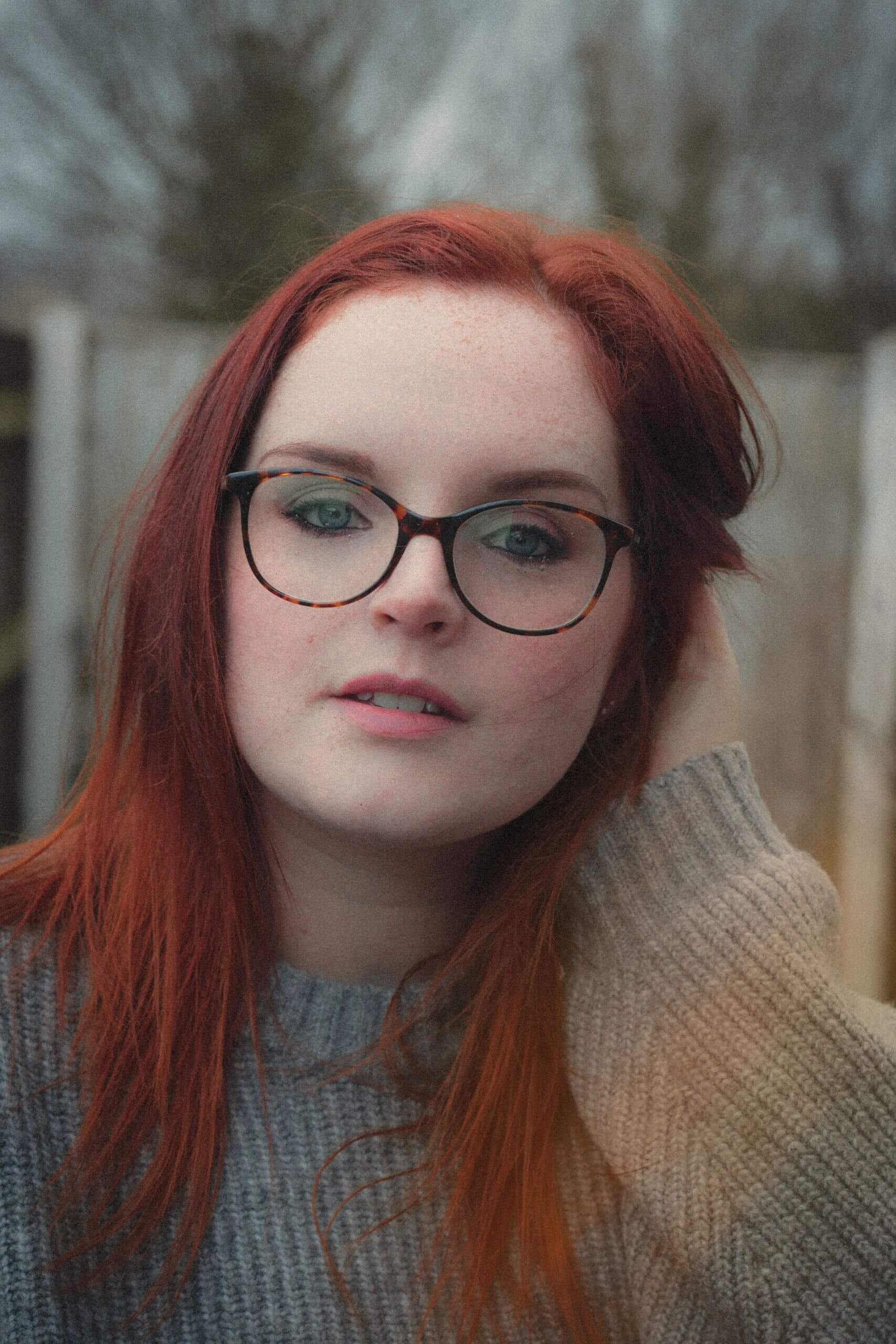When it comes to understanding and reading tarot cards, there are a few different aspects that need to be taken into consideration.
Reading tarot cards isn’t just putting your brain into full gear and trying to remember all the meanings of all 78 cards, it’s being able to take the cards and tell a story. The illustrations help us do that, just like all of those story books we read as children.
This is one of the reasons I love to use indie tarot cards, created by some of the most creative and imaginative illustrators. Every deck offers a new perspective on life’s most consistent stories, whether it be career, love, money or our general way of thinking. There’s something about illustrations that make the cards not just more fun to read, but easier to read.
To help you master and hone your ability to interpret tarot card illustrations, here are my top 10 tips on breaking things down and noticing the little things that will make all the difference.
1) What do you FEEL when you look at the image?
Using your gut and your intuition is a huge part of reading tarot, so it’s very important to pay attention to how an image makes you feel. Make a note of what emotions the illustrations bring up and what that could mean in the context of the question being asked. Emotions are what drive every decision we make in our lives, they guide our logical brain and inject some life into mechanical thinking. Pay attention to them and they will make tarot reading extremely easy.
2) Explain the image out loud
When we are reading something that is hard to process, reading it out loud can often help to make things a little easier to understand. The same goes for understanding tarot illustrations. Breaking things down into simplified terms and describing exactly what you see in an image can make something click a little faster.
Look at the illustration and describe what you see, what is happening, who is the main character? Really pay close attention to every small detail and what it could mean for the image as a whole.
3) What’s the story that’s happening within the image?
Once you’ve identified the elements that make up the image, it’s time to try and understand the story the image is telling you. Each card is a short story in and of itself. Knowing the story each card tells is integral to interpreting full readings. Use your imagination and be creative when you’re thinking up what the illustrations could be interpreting. There is no wrong answer!
4) What could have happened before and after?
Each tarot card tells a small portion of a bigger story, this becomes clearer when you begin to pair up different cards in the deck. However, when you are just starting out, it can help to make up your own stories around what is happening.
Once you’ve taken a good look at the image and figured out what story it is telling, have a think about what could have happened to have lead up to that point and what might happen as a result. This is a great exercise for moving on to more advanced reading techniques and really learning to link up all the cards in the tarot deck, in order to tell a bigger story.
5) What minute details can you see?
Sometimes, the key is in the details. A lot of modern tarot decks take a more minimalist approach to their illustrations, which is why I always recommend the traditional Rider Waite deck for those completely new to tarot.
The Rider Waite deck is one of the most detailed decks when it comes to illustrations, so it’s perfect for learning the meanings behind each card. There are tiny details hidden in every illustration, so much so, I’m only just spotting some of them. These details can be extremely helpful in creating a really in-depth reading of the cards, so make sure you scan your illustrations carefully in order to find hidden clues.
6) If you were in the image, how would you react?
Placing yourself in the illustrations Mary Poppins style can be super helpful. Using the power of visualisation, place yourself as a character in the illustration, think about how you would feel, react and what might happen to you if you were inside that card. This can sometimes uncover new meanings you may not have considered before.
7) Write a story using only the illustrations
Another practical task you can do is to physically write a story based around what you see on the cards. This can be time consuming, but super fun! Take the illustration and create a beginning and an end for the story, use the illustration as the middle point and work everything else around it.
8) How would the image fit into the story you have already laid out?
When doing a tarot reading, you should always have a specific question you need to answer, whether it’s for yourself or someone else. This question should form the structure and context for the cards. Without a question to form the foundation, the cards could mean literally anything.
Think about the story the illustration is telling, in context with the question you’re trying to answer. What part of the question does the illustration best represent or best answer?
9) Take the suits into consideration
The 78 tarot cards are made up of the major and minor arcana. The minor arcana are made up of four different suits. These suits are most commonly; Wands, Pentacles, Cups and Swords but can vary deck by deck. Each suit represents a different aspect of life:
Wands – Action, practical tasks
Swords – Thoughts and logical thinking
Cups – Emotions and relationships
Pentacles – Career and finances
The suits are a great help when it comes to interpreting the illustrations, as they offer some guidance as to what the image is referring to. For example, in the Rider Waite deck, the three of cups shows three people raising their cups into the air jovially. This represents celebration, reuniting with friends and group relationships. If you take away the meaning of cups, the meaning of the card can be a little muddy.
10) Is it a major or minor life lesson?
Like I mentioned above, the 78 card tarot deck is made up of major arcana (major life lessons) and minor arcana (minor life lessons). Knowing whether the card represents a major or minor life lesson can help make the illustration a lot easier to understand.
The major arcana cards are usually a lot more detailed, because they hold more importance in a reading. They can also be the images that conjure the most emotion and memories/nostalgia. Major arcana cards can also tell a bigger story than those of the minor arcana. Some tarot readers will use a major arcana card as the pivot point for the rest of the reading, so the illustrations on these cards are extremely important.
No matter whether the tarot illustrations are abstract, minimal or immensely detailed, there is always a way to interpret the image. Image interpretation is the key to reading tarot intuitively, which is the goal for most professional and amateur tarot readers.
Without the images, we are just trying to memorise a lot of information without any emotional connection. It’s the illustrations that make a tarot deck, so when choosing your next deck, make sure you connect with the style and subject of the illustrations before purchasing.






